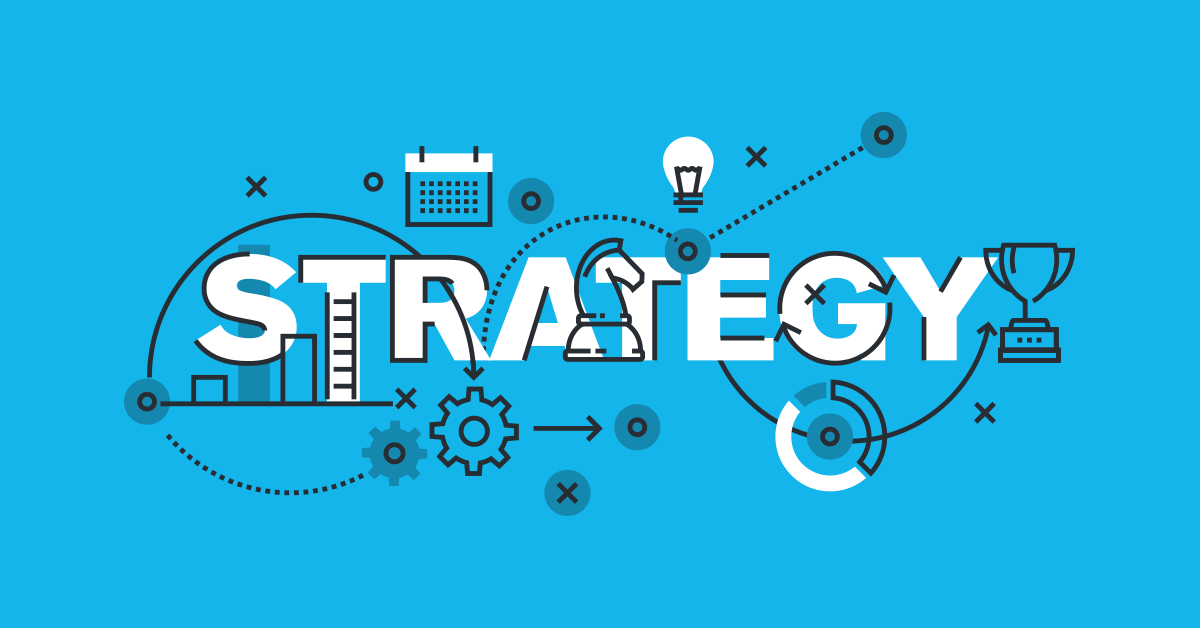
How To Define ToFu, MoFu and BoFu Content
February 19, 2019
What Is Inbound Marketing?
March 14, 2019

As the digital marketing landscape continues to evolve, it becomes more crowded. You slowly start seeing your competitors outranking you on Google. However, the more data-driven and targeted you are, the better your digital marketing strategy will perform.
To create a digital marketing strategy, you need first to establish a systematic approach. And to make matters easier, you could come up with a template for future campaigns. Here are 3 key elements for a successful digital marketing strategy.
Buyer Personas Research
According to HubSpot, “A buyer persona is a semi-fictional representation of your ideal customer based on market research and real data about your existing customers.”
When building out your marketing strategies, creating your personas is always the best place to start. You need to understand the target audience are you trying to reach out to.
Consider the following:
Demographic Information
– Income
– Job title
– Location
– Age
Psychographic Information
– Goals
– Challenges
– Priorities
– Behaviours
– Interests
As above, the more detailed you are, the better. After all, the purpose is to attract the visitors, leads and customers to your business. You could also gather this information by collecting data from your existing customers, prospects and people you want to reach. You can interview and survey those you have direct contact with to get a full picture of your personas.
Goal Mapping
Your marketing team should be in sync and fully understand the goals of their tactics and determine whether their efforts will align with the overall goals.
Using SMART (Specific, Measurable, Attainable, Relevant and Time-bound) goals, you work backwards and start with the big goal and then break that down into marketing goals.
For example, to generate X revenue, you require Y sales. And for sales to hit their goals, marketing needs to deliver X amount of qualified leads per month. Being able to align your marketing and sales gives your team the visibility of their impact and helps to track progressions.
Campaigns
Now, your team is aware of your personas or target audience they want to focus on. Furthermore, everyone is up to speed on their goals. Then, you can now start building campaigns using various marketing tactics you.
Some of the most valuable digital campaigns include:
– Inbound marketing
– Content marketing
– Search Engine Optimisation (SEO)
– Search Engine Marketing (SEM)
– Social media marketing using Facebook, LinkedIn, Instagram, Twitter etc.
– Email marketing
Of course, there is no one-sit-fits-all approach, and it will be unique to your industry, goals and business. And your template should include the campaigns that best fit your goals and your audience. If you want to boost your organic traffic, you should invest more in SEO campaigns, focusing on both on-page and off-page optimisation.
In summary, your digital marketing strategy template should consider:
1. Buyer Personas
2. Goals
3. Campaigns
Having a digital marketing strategy is not difficult, but a successful digital marketing strategy is one which considers these 3 elements. Once you have goals in place, understand your target market and possess the resources for the appropriate campaigns, your team can then put your digital marketing strategy in motion to drive results.
{{cta(‘ec418b7f-ed6f-4f47-8c67-f6a428dd1985′,’justifycenter’)}}


